The Secret of Gobi Desert & the Winding Steppes of  Mongolia
Mongolia
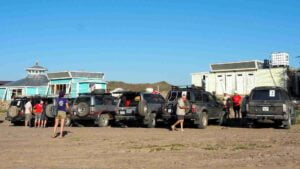

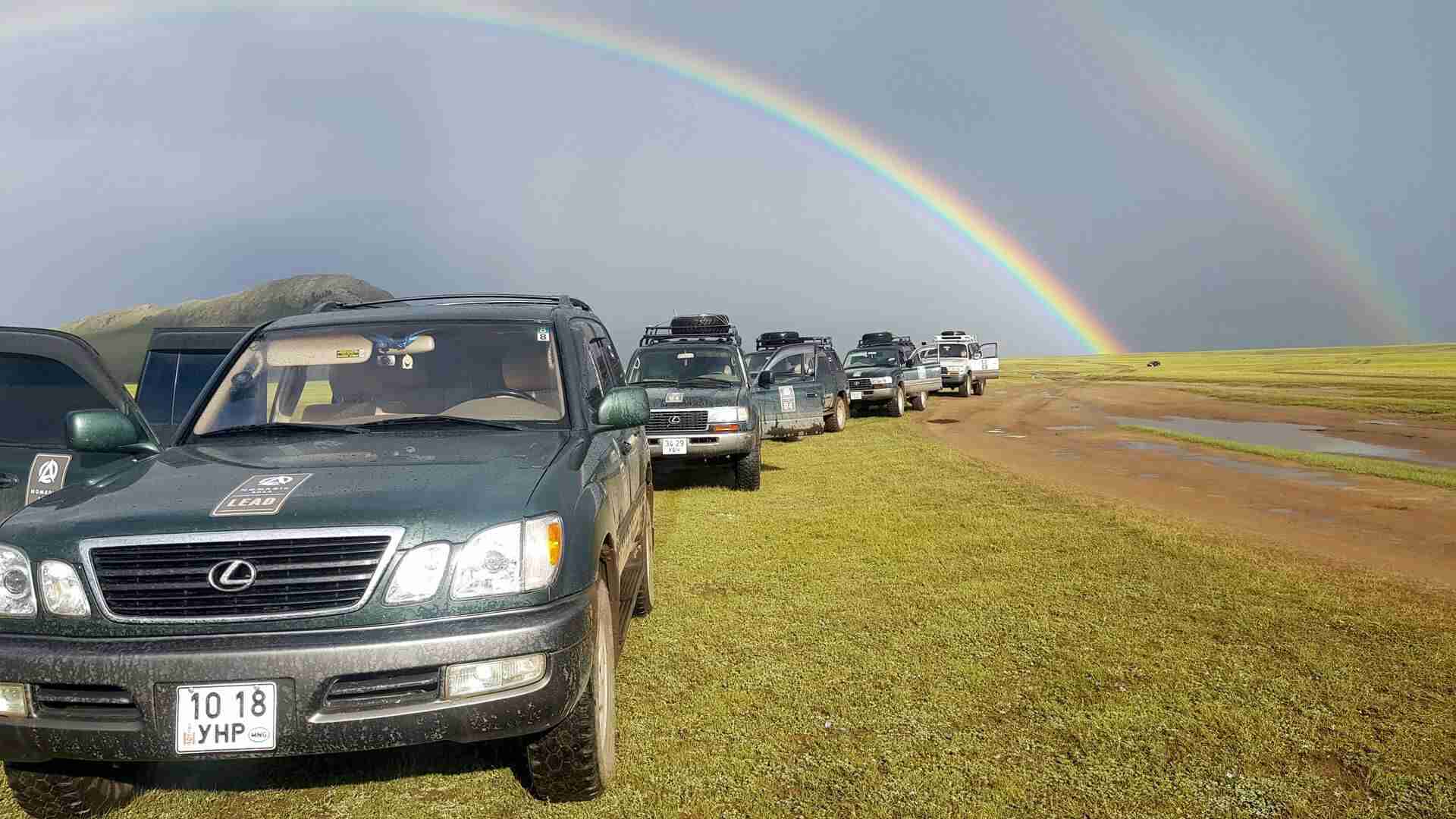

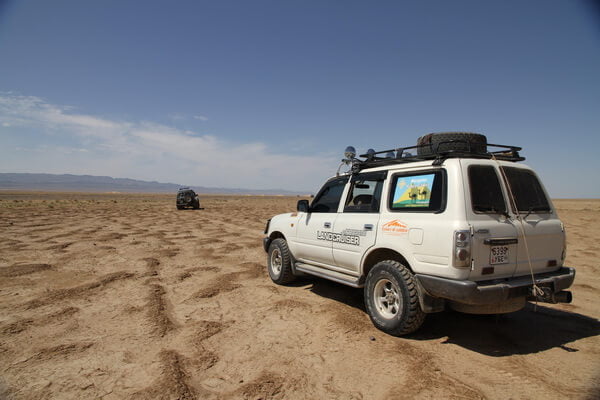

short description




Detailed description


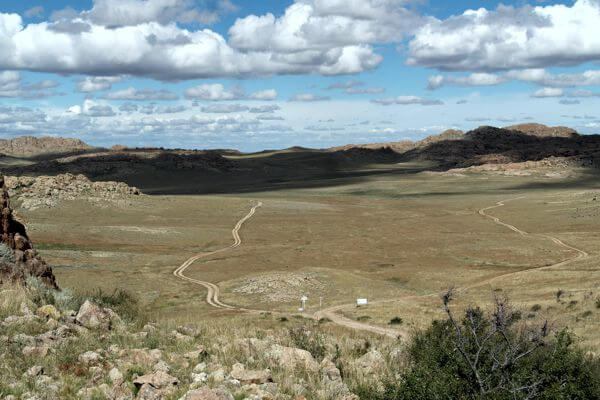

Baga Gazriin Chuluu (30 km off-road, 220km tarmac)
The first stop will be 250 kilometers south in the lovely region of Baga Gazriin Chuluu. It’s a big granite formation smack dab in the center of Mongolia’s sandy plain.
The remains of a small monastery known as Delgeriin Choir Monastery can be found on an open plain. You will be entering à Ger for the first time, and you will be greeted by a massive 12-walled structure. Monks use the ger, which is richly decorated and carved, to chant during the colder seasons when the stone monastery becomes too cold to be inside.
You can drive and hike around the area in the late afternoon. You’ll walk between massive endlessly piled granite rocky hills that appear to be placed, and see the picturesque ruins of a small monastery hidden in a peaceful little protected valley. In the rocks of Baga Gazriin Chuluu, there is a small spring known for its eye-healing properties. Try dripping some magic water into your eyes to cure your eyes like the locals do.


Tsagaan Suvarga (30 km off-road, 220 km tarmac)
You will start driving towards the Gobi Desert after breakfast. Today, the landscape will change drastically from lush grassland to inhospitably rugged terrain. We’ll stop at some interesting locations along the nearly 250-kilometer (5-hour) journey. The first stop will be at the Sum Khukh Burd Monastery Ruin, which is surrounded by a small lake. The Mongolian lark, numerous species of prey birds, geese, and swans are among the visitors to this spring-fed lake. During the Mongolian purge, the ruins of Khukh Burd Monastery were flattened. We’ll travel to Tsagaan Suvarga from here.
Tsagaan Suvraga will be reached in the evening. The cliff has a height of 30 meters and a width of 100 meters. The wind has sculpted this remarkable structure for thousands of years.
Tsagaan Suvraga appears to be the remains of an ancient town with crumbling buildings from afar. Ancient depictions of people hunting ibex with long bows and petroglyphs depicting wild animals and cattle are painted and carved into the rocks. The caves here also contain various Turkic inscriptions, seals and images.
From the upper slopes of a mountain down into the steppe, a fissure runs east to west. Strong mud columns rise from the depths below while looking through the fissure. The yawning chasm resembles the gaping jaws of some fantastic creature. Some of the caves have several chambers, one of which is over 70 meters long.
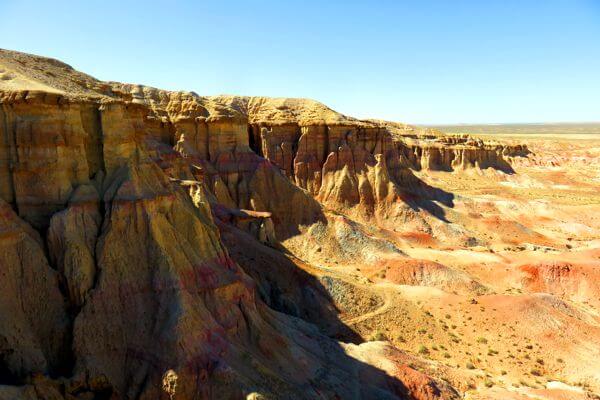

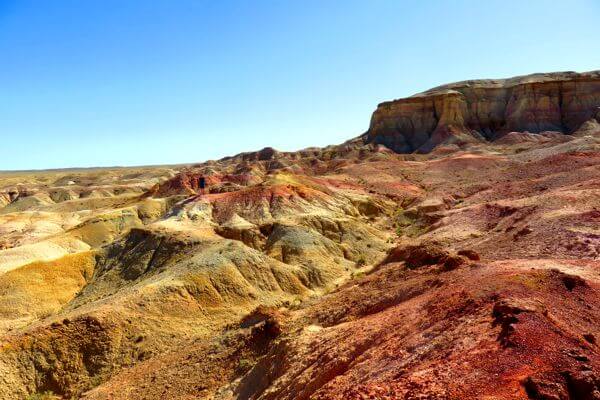



Yolyn and Dungenee Am (30 km off-road, 170 km tarmac)
Today you will be driving to the South Gobi province town Dalanzadgad. The Gobi Desert extends through Mongolia and China, measuring 1,610 kilometers from southwest to northeast and 800 kilometers from north to south. It covers an area of 1,295,000 km2, making it the world’s fifth largest desert and Asia’s largest. although most of the Gobi is coated in bare rock rather than sand.
During the winter months, the Gobi is a cold desert with frost snow on its dunes. In addition to being far north, it is situated on a plateau between 910 and 1,520 meters above sea level, which leads to the cold temperatures. The Gobi receives around 194 millimetres of rain per year on average. In the winter, snow blown from the Siberian Steppes enters parts of the Gobi, providing additional moisture. The Gobi experiences temperature extremes ranging from –40°C in the winter to +50°C in the summer due to these winds. You will take a trip through the majestic Altai Mountain Range’s breath-taking gorges. The Yolyn and Dungenee Am, both located in the Gobi Gurvansaikhan National Park, will be visited. Those green valleys were carved by ancient rivers.
Wild Argali sheep, Ibex, desert gazelles, and Golden Eagles are also possible sightings. We’ll also pay a visit to the park’s small museum, which houses a collection of dinosaur bones as well as local flora and fauna.
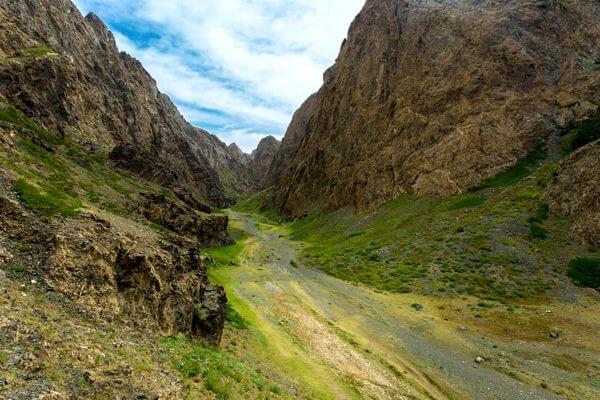

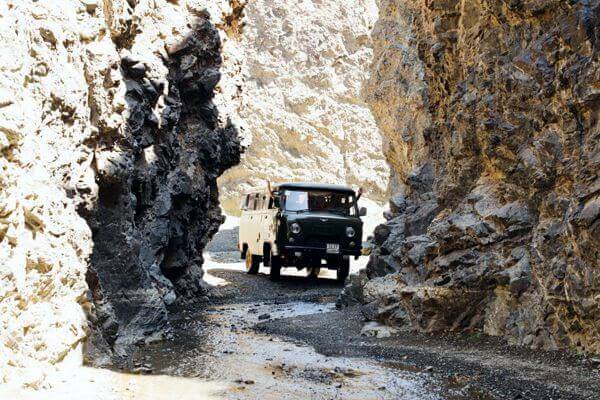



Khongoryn Els (150 km off-road)
After a hearty breakfast, travel 150 kilometers west to the Khongoryn Els. Mongolia’s biggest sand dunes can be found here. The dunes, which can reach a height of 275 meters in some areas, extend for more than 100 kilometers from East to West. The impressive black rocky mass of Sevrey Mountain can be seen behind the sand dunes. Those that are brave enough will scale the highest dune, which is equal to a 40-story house. Your efforts will be rewarded once you hit the top of the dune. The whole world seems to be full of mysteries, and you’re left wondering how such a landscape might exist. After your dune excursion, you can pay a visit to a camel breeding family.
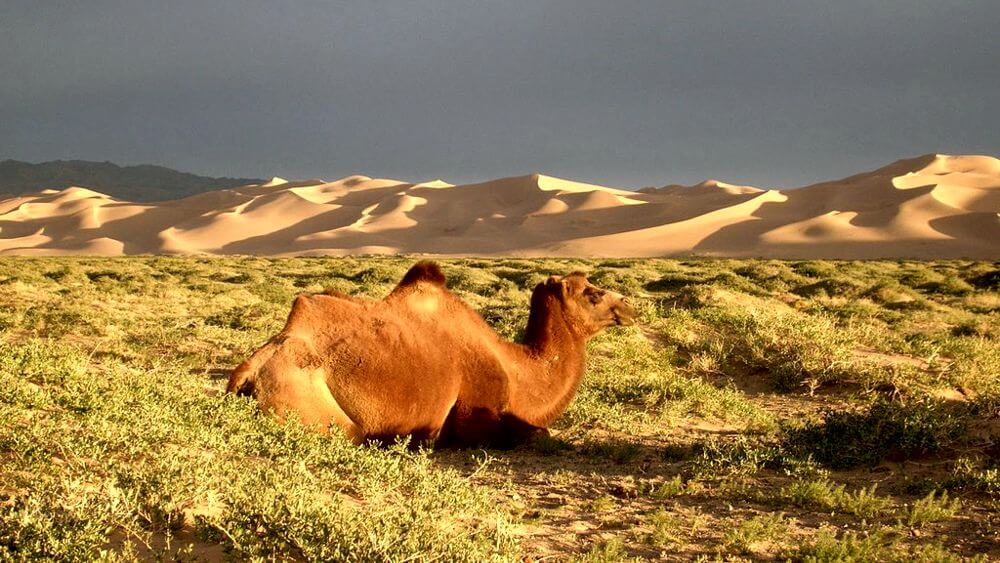



Bayanzag or Flaming Cliffs (150 km off-road)
Today’s drive will take you to Bayanzag, also known as the “Flaming Cliffs,” the world-famous site where palaeontologist Roy Chapman Andrews discovered dinosaur bones and eggs. The local scenery is a lovely blend of rocks, red sand, and scrubs. Spend some time exploring the cliffs while you’re here.
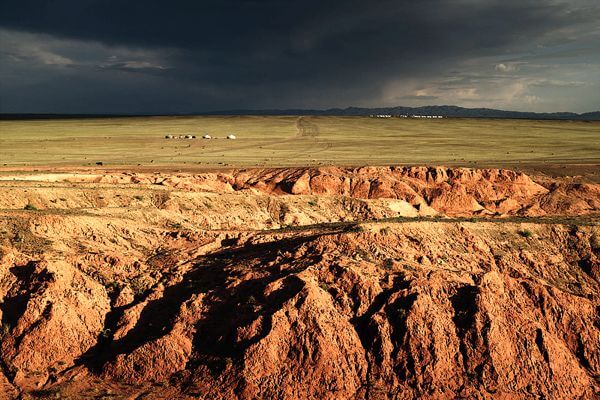



Ongi & Khoshuu Monastery (180 km off-road)
Today you will travel to Ongi Monastery in the northwest. The ruins of two monasteries that face each other across the Ongi river in south-central Mongolia are known as Ongi.
The peace and beauty of the Delger Khangai Mountains will enchant you. On one side of the river, you’ll visit the ruins of Khoshuu Monastery, while on the other, you’ll visit the ruins of Ongi Monastery.
This vast series of rocky hills cut by the river can be explored on foot. The monastery’s southern complex contains numerous administrative buildings as well as 11 temples. The northern complex, which was built in the 18th century, included 17 temples, including one of Mongolia’s largest temples. There were four Buddhist universities situated on the grounds.
The monasteries were constructed in the 17th century and were demolished in 1937. They were among Mongolia’s largest temples, housing over 1000 monks.
Today, a small monastery has been built between the ruins, and the remains of old monasteries are displayed in the Ger museum.
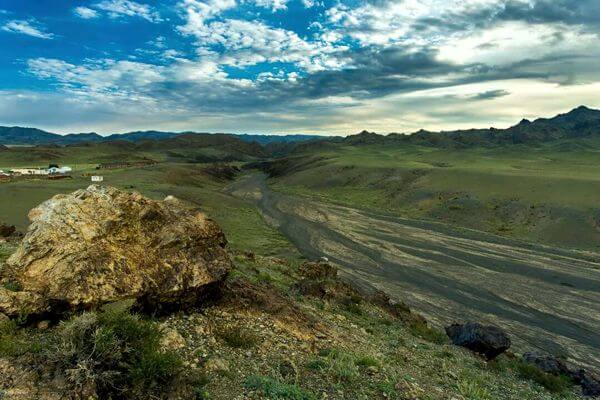



Orkhon valley and waterfall (300 km off-road)
You’ll be driving all day and arriving in the evening at Orkhon valley. UNESCO has designated the valley as a world cultural heritage site because of ancient artifacts dating back to the early 6th century and even earlier. Moreover, the great Mongol empire expanded its capital Karakorum here from the 12th to 13th centuries. Furthermore, the pasture nomadic lifestyle has persisted, preserving both the historic and nomadic perspectives on life.
During the Quaternary period, a volcano erupted near the mouth of the Tsagaan Azarga, also known as the White Stallion River, and the lava flowed down the Orkhon valley, creating a 10-meter-thick layer of basaltic rocks.The Orkhon River cut through the basaltic layer twice, resulting in the formation of the canyon.
The 20-meter-high, 10-meter-wide waterfall marks the beginning of this canyon. The most daring of you will descend the canyon and swim in the lake at the base of the waterfall.
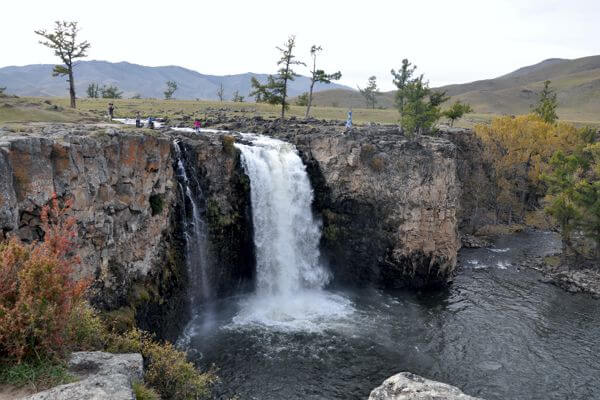



Tovkhon monastery and Tsenher Hot Spring (220 km off-road)
Tovkhon Monastery, established in the 1650s by Zanabazar, one of Mongolia’s most revered religious leaders, may be an optional stop. The monastery’s wooden structures are combined with a natural cave system situated near a hilltop with breathtaking views of the Orkhon Valley and surrounding pine forests. A hill is formed on the top of the cliff by a pile of stones used to worship a mountain god. It is also known as Ovoo.Following your visit to the monastery, you will travel westward toward the Khangai Mountains. The Khangai Mountains are 2500-3000 meters above sea level and are largely made up of Palaeozoic period granite, intrusive chert, and sandstone. The Khangai Mountains stretch for about 800 kilometers from Zavkhan province to Tuv province. They act as the world’s water system’s continental divide.For herds of horses, yaks, and cows, the green mountainsides and a network of smaller and larger rivers provide excellent pastureland.You will arrive at Tsenkher hot spring resort in the afternoon. This resort gives its guests access to a large open-air pool. The pool’s hot water comes from a hot water spring that runs continuously. The water is over 80 degrees Celsius in the spring. The temperature of the water is regulated by a complex pipeline system. Some people will sit in the pool for hours, conversing with their mates while looking at the stars or scanning the nighttime landscape around them.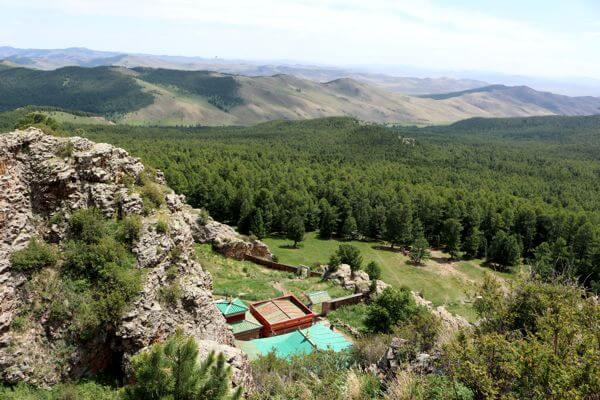

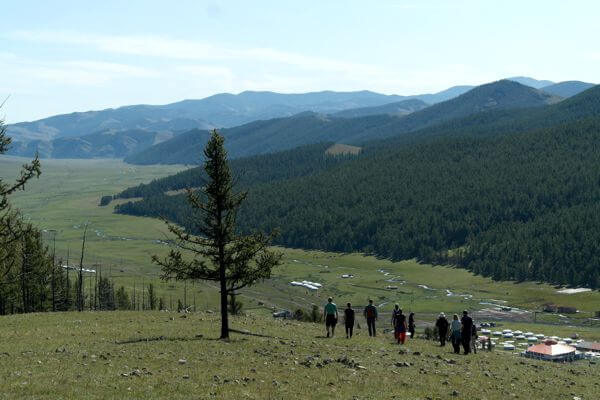



Terkhiin Tsagaan Nuur and Khorgo volcano (30 km off-road 180 km tarmac)
In the morning, after leaving the hot spring, you will arrive in Tsetserleg city. A local museum about Mongolian tradition and Buddhism in the early 18th century can be found here. The museum was once a well-known Buddhist temple that was demolished by the Mongolian government under Soviet control.
Continue driving to Terkhiin Tsagaan Lake after lunch. The lake was created by lava flows from a millennia-old volcanic eruption and is surrounded by inactive and craterous volcanoes. The landscape is coated with black volcanic rocks as a result of the volcano eruptions. Birds use the marshes along the west end of the lake as a resting and staging area.
The park is situated in Arkhangai province’s Tariat district. The lake is about 15 kilometers long and reaches a maximum depth of 20 meters. Hills with steppe and woodland steppe vegetation define the landscape immediately surrounding the lake.
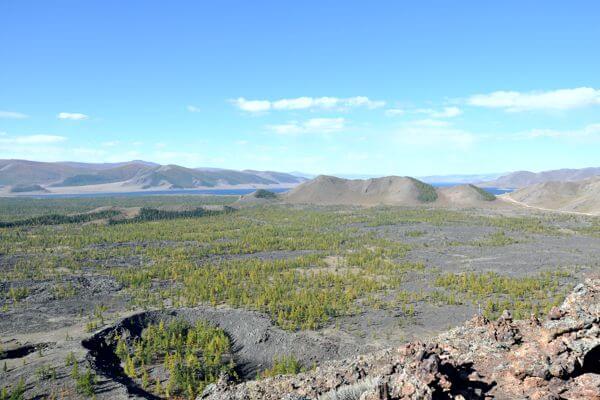



Free day at Khorgo-Terkhiin Tsagaan Nuur National Park
The Terkhiin Tsagaan Lake is a perfect place to unwind today.
You can go on an excursion to the top of the Khorgo Uul Volcano in the morning. Khorgo Peak, a volcanic field, is about 4 kilometers from the lake. The volcano crater is 200 meters wide and 100 meters deep, and it is surrounded by trees at the back and around the opening. There are numerous basaltic “Gers” formed during the cooling of lava to the south of Khorgo Mountain; some of the Gers have gates and upper holes and exceed 1.7 m in height.
You may also visit the Single Man cave, which is small on the outside but very large on the inside. Afternoons are ideal for planning optional events such as valley trekking, lake boating, swimming, horseback riding, or visiting a nearby family to learn about nomadic life.
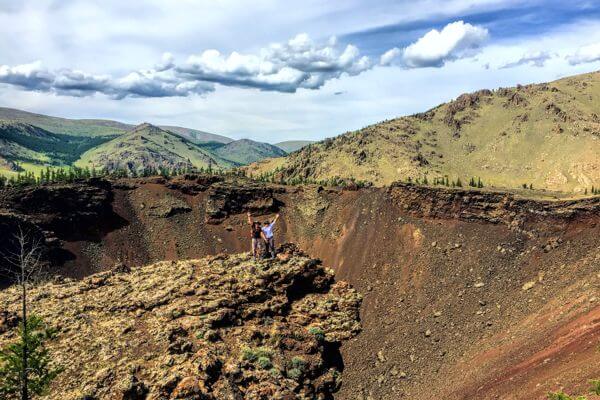



Karakorum (300 km tarmac)
Today we will be driving to Karakorum (also called Kharkhorin).
Karakorum was the capital of Genghis Khan’s Mongolian Empire in the thirteenth century. In 1220, Genghis Khan ordered the building of Karakorum on the ruins of Turug and Uigur cities in the Orkhon valley at the eastern end of the Khangai Mountains. During the reign of Ugedei Khan, it was completed 15 years later. The town was very multicultural and culturally accepting.
The silver tree, which was once part of Möngke Khan’s palace, has become Karakorum’s emblem.
From 1220 to 1260, it was at its most prosperous. Karakorum existed as the great capital of the Euro-Asian Empire, with Mongolia at its heart, and as the epicenter of politics, trade, culture, faith, intellect, and diplomacy, as well as the most visible link in international relations.
Between 1260 and 1380, Karakorum lost its status as the capital of the Great Mongolian Empire and became Mongolia’s capital. When Kublai Khan and his younger brother, Ariq Boke, assumed the throne of the Mongol Empire in 1260, they moved their capital to what is now Beijing. Karakorum was reduced to the administrative center of a Yuan Dynasty provincial backwater.
After 110 years after Kublai Khan transferred the Empire capital to China in 1260, the Mongolian Yuan Dynasty fell in 1368, and the center of Mongolian government was shifted to its homeland. It allowed Karakorum to regain its former glory.
The town was captured and destroyed by Ming troops under General Xu Da in 1388.
Nothing remains of this legendary city today.
When Abtai Sain Khan and his brother, Lord Tumenkhen, went to the 3rd Dalai Lama in 1580 to express their desire to create a temple in Mongolia, he advised them to restore an old temple in Karakorum. The Main Zuu temple of Erdene Zuu monastery is a temple in Takhai ruins that was restored in 1588 at the Dalai Lama’s suggestion.
Erdene Zuu Monastery is now all that is left of what was once a massive monastery with 100 temples and over 1.000 lamas. You’ll walk around the grounds of Erdene Zuu Monastery, which is encircled by huge 400 m X 400 m walls. You will be guided around the 3 remaining temples: the Dalai Lama, Zuu of Buddha and Lavrin Temple.
The Karakorum Archaeological Museum will be another stop on your itinerary. It’s a tiny museum, but it’s housed in a new, well-run structure with good lighting and simple English labels on display cases. The displays contain hundreds of artefacts from the 13th and 14th centuries that were discovered in the immediate region, as well as those from other provinces’ archaeological sites, including prehistoric stone tools. Pottery, bronzes, coins, religious sculptures, and stone inscriptions are among the objects on display. A half-excavated kiln is also sunk into the museum floor. The scale model of ancient Karakorum, which attempts to reflect the city as it would have existed in the 1250s and is based on descriptions written by the French missionary William of Rubruck, is perhaps the most intriguing. A Turkic noble tomb with wall paintings and artefacts, including gold objects and jewels, is on display in another chamber. A short video of the actual burial site is available.
You can also visit the Turtle Rock and the Phallic Rock, as well as a small market that showcases local artists’ work.
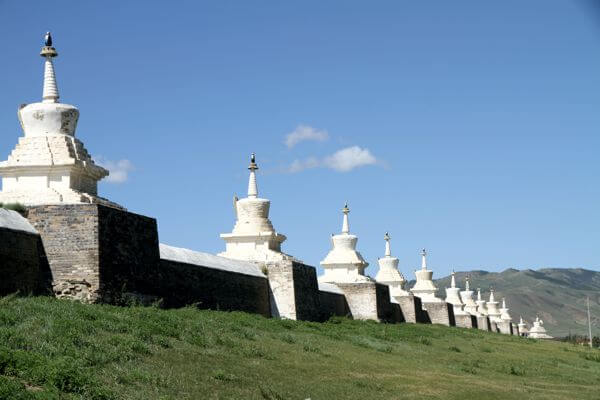

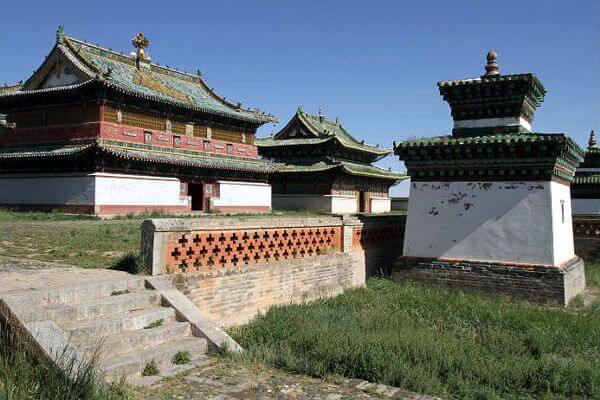

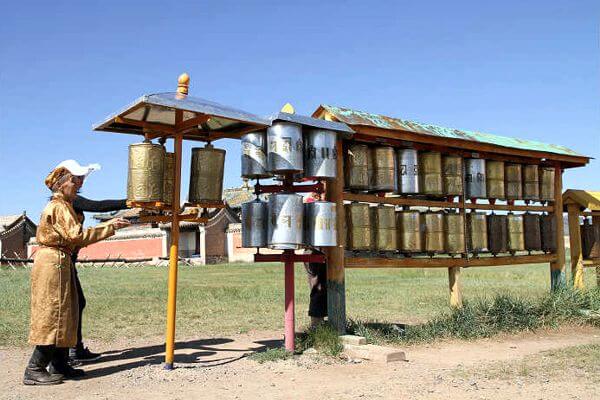

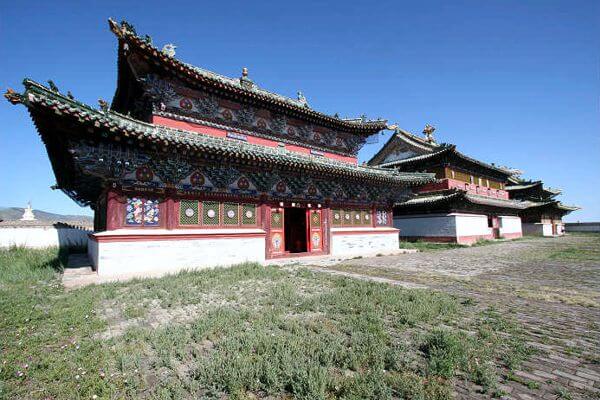



Ulaanbaatar (360 km tarmac)
Return to Ulaanbaatar by car. there You could use your free afternoon to visit all of the places you haven’t seen yet. You may as well go see the lovely cultural show, take in the lively and rhythmic Mongolian dance, throat singing, and contortionists.
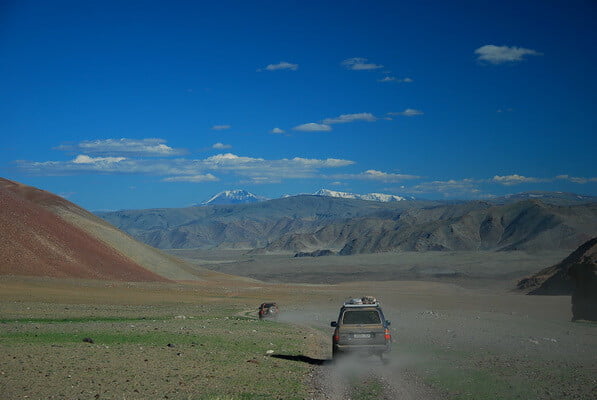

INCLUDED
- Vehicle chosen
- Vehicle Insurance
- Camping Equipment
- Kitchen Equipment
- Vehicle tools
- Spare tyres
- GPS
- Map
NOT INCLUDED
-
Medical, trip insurance and
evacuation costs - Passenger & 3rd party insurance